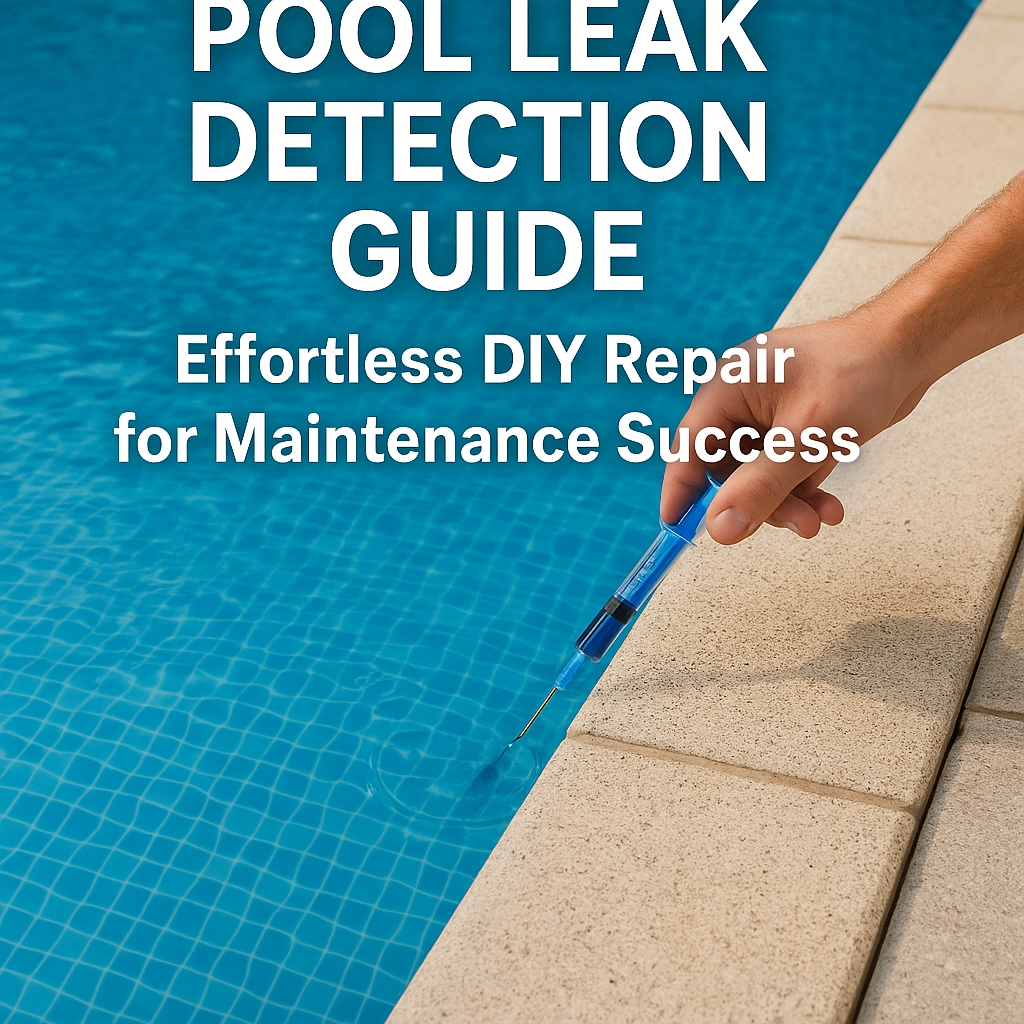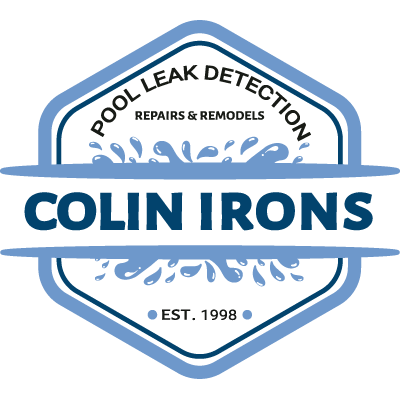Pool leak detection can be a daunting task. It involves meticulous examination of your pool’s structure to find potential leaks, followed by diligent repair and maintenance to ensure longevity and peak performance of your pool. But don’t worry, by the end of this article, you’ll become a vetted swimming pool detective, able to identify, locate, and fix leaks like a pro. We are going to mash up some in-depth information with step-by-step guidance that will help you to become a master in pool leak detection, repair, and overall maintenance.
A Comprehensive Takedown on Pool Leak Detection

First things first, how do you notice that your pool might have a leak? A substantial drop in your pool’s water level over time indicates potential leakage. Although evaporation can also lead to a drop in water level, especially in dry and hot environments, a noticeable decrease within a few days calls for urgent pool leak detection. Other tell-tale signs include water-soaked areas in the pool surroundings, unusually high water bills, discoloration or growth of algae despite regular chemical treatment, and air bubbles in the pool’s return system.
Once you suspect a leak, your first step should be the simple bucket test. Fill a bucket with pool water to about one inch from the top. Place the bucket on a pool step so that the water inside and outside the bucket is the same temperature. After 24 hours, compare the two levels. If the pool water level has decreased more than the water inside the bucket, you might have a leak.
Swift Pool Leak Repair: The DIY Route
Now that we have cracked the code of pool leak detection, it’s time to dive a bit deeper into the DIY pool leak repair process.
Identify the exact location of the leak. Is it in the pool shell or the plumbing? If it’s the former, you need to identify the precise point where the leak is happening. To locate a shell leak, fill your pool to its typical level. Turn off the pump and note where the water stops dropping. The leak is most likely on the level line around your pool.
Once you have located the leak, use a patch kit or pool putty to close the gap. Ensure the area is clean and dry before you apply the fix. Then, turn on the pump and observe if the water level drops.
What if the leak is in the pool’s plumbing? A pressure test can help ascertain this, but it’s better left to professionals since it involves technical aspects that could further damage your pool if not handled correctly.
Regular Pool Maintenance: Securing Your Leaky Investment
A strong maintenance routine can prevent most pool leak scenarios, cutting down expensive repairs. Consider the following aspects for thorough pool maintenance:
1. Regular Inspection: Regularly inspect your pool for cracks, degradation or rotting of materials, especially around the pump and heating system.
2. Keep a Check on Water Chemistry: Maintain proper pH levels, alkalinity, and hardness of water. Overly acidic or hard water can damage your pool’s surfaces and equipment.
3. Regular Cleaning: Keep your pool clean. Algae buildup is not only unsightly but can also cause surface cracking over time.
4. Maintaining the Filter: Keep the pool pump and filter system in top shape. Regularly backwash and clean the filter.
5. Lubricate O-Rings: O-rings are common weak points from which pools often leak. Lubricate them regularly to form a water-tight seal.
In conclusion, understanding pool leak detection and repair techniques will not only save you significant time but also potentially large sums of money. While major issues should always be addressed by professionals, being proactive and recognizing the warning signs can help you solve many minor problems on your own, translating to efficient pool maintenance. Remember, a healthy pool translates to endless fun, a beautiful space, and a valuable asset.


